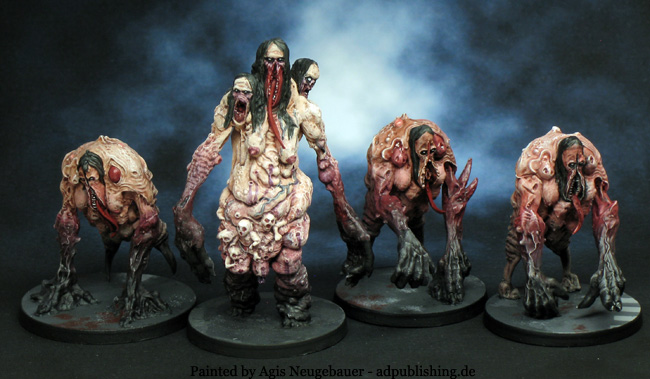

Hazama forces Tamaki to do a series of trials in order to free Akiko while forbidding Ryuuichi to help, all in order to irritate him. Ryuuichi, Akiko's boyfriend, is the one representing the sin.


Lust: unlawful and voluntary sexual desires and practicesĦ. Wrath: misplaced or excessive anger, usually followed by an unhealthy interest in revengeĥ. Avarice or Greed: the excessive desire to possess something, including wealth, position, and knowledgeĤ.
:strip_icc()/pic3701450.jpg)
Sloth: excessive desire for ease and aversion to difficulty, often to the neglect of good practicesģ. Gluttony: excessive love/indulgence in food or drinkĢ. The sins can be defined in the following manner based off the Catechism of the Catholic Church and Summa Theologica:ġ. Each of these sins has the potential to be taken too far and could be considered seriously immoral. Envy was added to the list, while sadness and acedia were combined into sloth, and vainglory later listed as a direct product of pride. This sin of "sadness" has been interpreted as "sorrow at having to achieve good" or "sorrow at the prosperity of others." Pope Gregory the Great would later revise this list and establish it as an important concept of Catholic moral theology. The first list was originally created by Evagrius of Pontus, and contained eight sins: lust, gluttony, avarice, acedia/spiritual sloth, "sadness", wrath, vainglory, and pride. While some manifestations of these sins could qualify as "mortal sins," they are not always worthy of eternal damnation, according to some Christian branches. Based on their initially described name, they are commonly misinterpreted as entirely seriously immoral offenses. The seven deadly sins, or capital vices, are a list of moral offenses deemed to be prime motivations for sin and sins which lead to other sins.


 0 kommentar(er)
0 kommentar(er)
